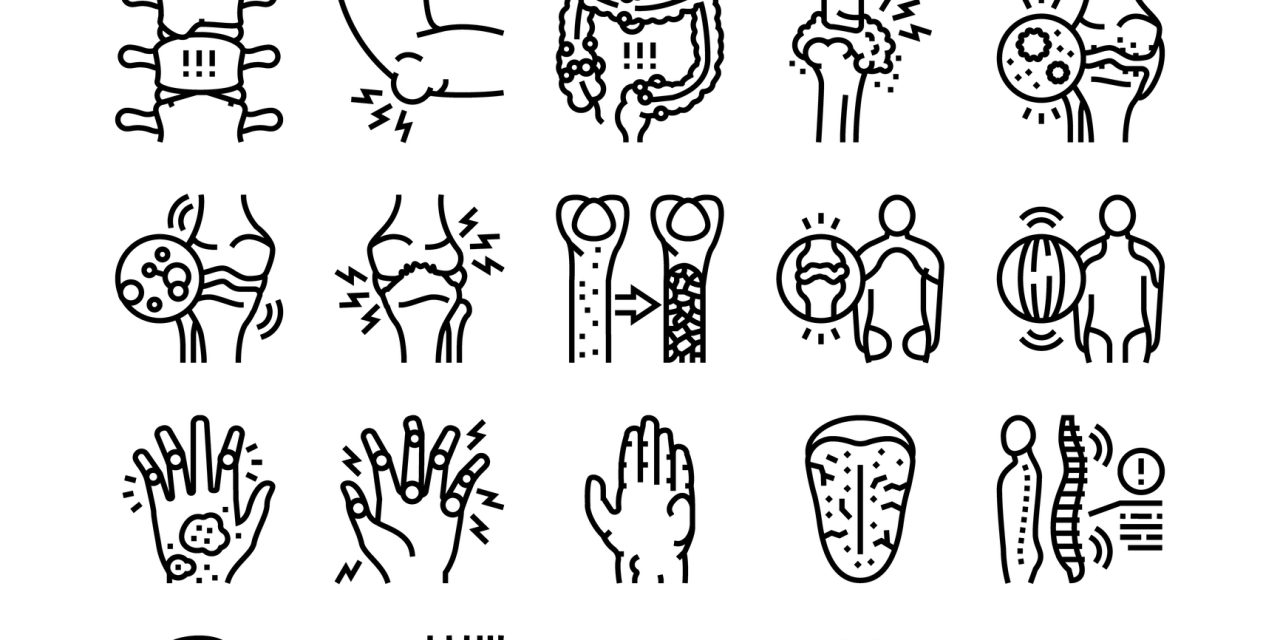Biological regeneration in an early stage of osteoarthritis (OA) is an important clinical challenge. An early-stage compartmentalized OA model was used to evaluate different biological regeneration techniques.
Biological regeneration in an early stage of compartmentalized OA is possible.
Controlled laboratory study.
A 7-mm cartilage defect was surgically created in 24 sheep. After 3 months, by which time early OA had set in, the sheep were randomized into 4 different treatment groups and operated for the second time. One group (CONTROL) served as a long-term follow-up group for the further development of OA. The other 3 groups (regeneration groups) each underwent a different regeneration procedure after abrasion of the subchondral bone (defect size: 20 × 10 mm with a depth of 2.5 mm): spongialization alone (SPONGIO), spongialization followed by implantation of an unseeded hyaluronan matrix (MATRIX), or spongialization followed by implantation of a hyaluronan matrix seeded with autologous chondrocytes (MACT). Then, 12 months after the second operative procedure, the animals were euthanized and the defects subjected to macroscopic and histological grading. Historical 4-month data were compared with the 12-month results.
After 12 months of follow-up, advanced cartilage degeneration was observed in the CONTROL group. On the other hand, all regeneration groups improved significantly compared with the 4-month results using the Mankin score. Cartilage quality in the MACT group was significantly better than in the MATRIX group, as determined by the Mankin and the O’Driscoll scores.
There are no existing clinical options for preventing early OA from progressing to a severe disease. This study provides important information on how a surgical intervention can forestall the development of OA.
OA of the knee is very common. Total joint replacement is not an acceptable option for active patients. Biological regeneration in OA is successful for focal cartilage defects; however, a long-term follow-up for biological regeneration in OA is missing. It is essential to have long-term results for a regenerative procedure involving cartilage, which is a tissue with a very slow turnover.
Biological Regeneration of Articular Cartilage in an Early Stage of Compartmentalized Osteoarthritis: 12-Month Results.


